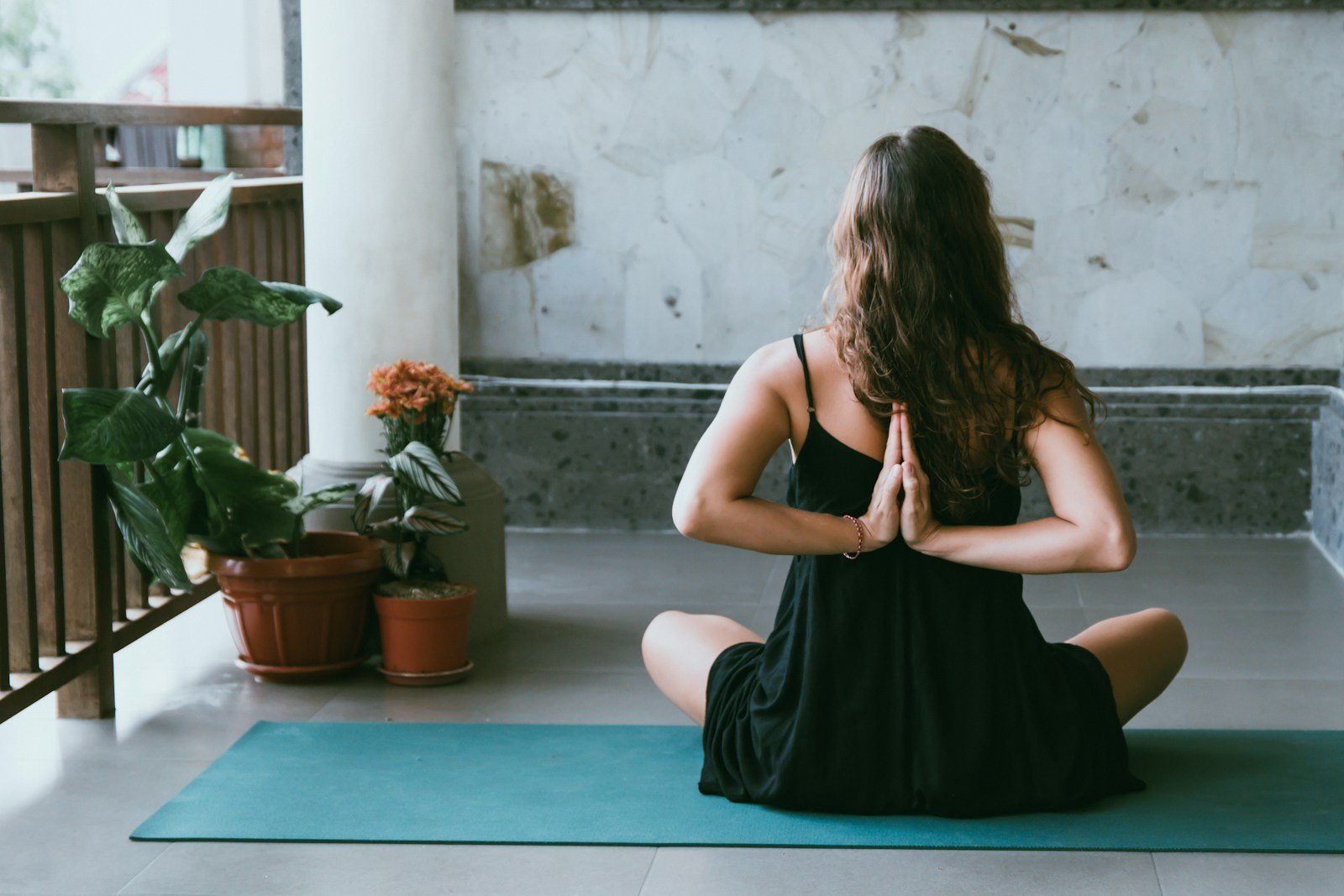Yes, yoga can improve your posture. It strengthens the core, increases flexibility, and corrects alignment, all essential for good posture. Yoga poses like the boat pose, plank pose, and low lunge twist engage core muscles, helping stabilize the torso and prevent slouching. The flexibility gained from poses like downward dog and cat-cow allows for better spinal alignment and reduces the risk of compensatory movements that can lead to poor posture. Yoga teaches proper body alignment through various poses, which helps distribute weight evenly and reduces stress on tissues, enhancing balance and stability.
Does yoga improve your posture?
Posture and exercises

Incorporating posture exercises into your routine is essential for correcting and maintaining good posture. Good alignment of the body ensures that muscles, joints, and the spine work efficiently, reducing the risk of injury and discomfort.
Core strengthening exercises like planks and bridges help stabilize the spine and support a neutral spine position. Stretching and flexibility exercises improve muscle elasticity and joint range of motion, which are essential for maintaining balance and proper posture.
Strength and resistance training enhance muscle endurance and strength, supporting the skeletal structure. Functional training mimics everyday activities and can improve posture by strengthening stability and mobility. Engaging in activities like yoga and Pilates also promotes thoracic extension and corrects pelvic tilt, contributing to better posture.
Integrating foam rolling into your routine can provide a sense of relief by releasing muscle tension and improving tissue quality, further aiding in maintaining proper posture. Bodyweight exercises such as squats and lunges, along with aerobics, enhance cardiovascular health and support overall body function.
For those with specific postural issues, rehabilitation exercises guided by a professional provide the reassurance and support needed to address individual needs. A proper warm-up and cool-down before and after exercise sessions ensure muscles and joints are prepared for activity and recover effectively. Exercises that focus on range of motion (ROM) and proprioception help maintain awareness of body positioning and movement, crucial for sustaining good posture.
Regular practice of postural exercises combined with attention to ergonomics in daily activities can your improve your posture.
